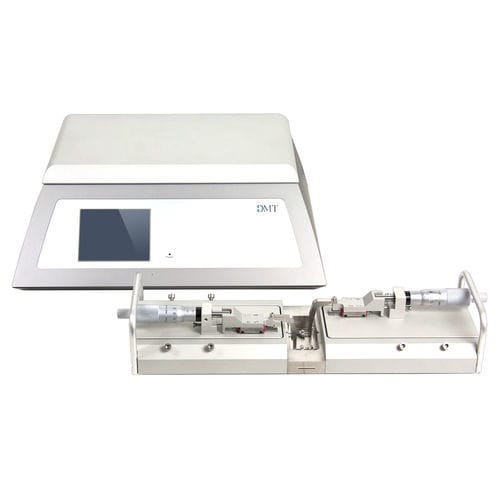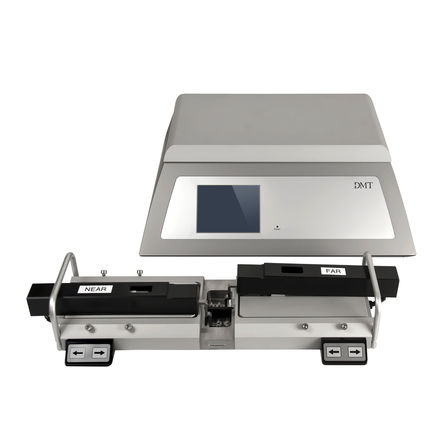Ideal For Functional Studies Of Small Arteries
High Resolution And Precise Force Transducers
Direct Data Streaming to LabChart by ADInstruments
Modern & Today's Technology
The Dual Wire Myograph System allows you to examine vascular reactivity and functional responses on small isolated arteries. Model 420A is ideal for testing two vessels with diameters of 30 μm simultaneously - 3 mm, independently. The vessels are mounted as ring preparations by threading them over two parallel wires and securing the wires to two supports or “jaws.” One support is attached to a precision micrometer, allowing manual control of vessel circumference and stretch. The other support is attached to a force transducer for the measurement of force/tension development.
The base of the chamber contains glass windows allowing morphological observations or fluorescence measurements on an inverted microscope. Typically, the preparation is kept in the heated vessel chamber in a physiological salt solution at 37°C, bubbled with oxygen where the vessels remain viable for at least 12 hours
The preparation is mounted in a heated 10 ml acid-resistant stainless steel chamber, which can be covered with a lid with ports for rapid suction/draining, refilling, and bubbling of oxygen supply. Following mounting and equilibration, the passive length-tension relationship of the vessel is determined. During the actual experiment, the circumference of the vessel is kept constant. Compounds can be added directly to the chamber, and the vessel’s contractility and reactivity are measured under isometric conditions.



